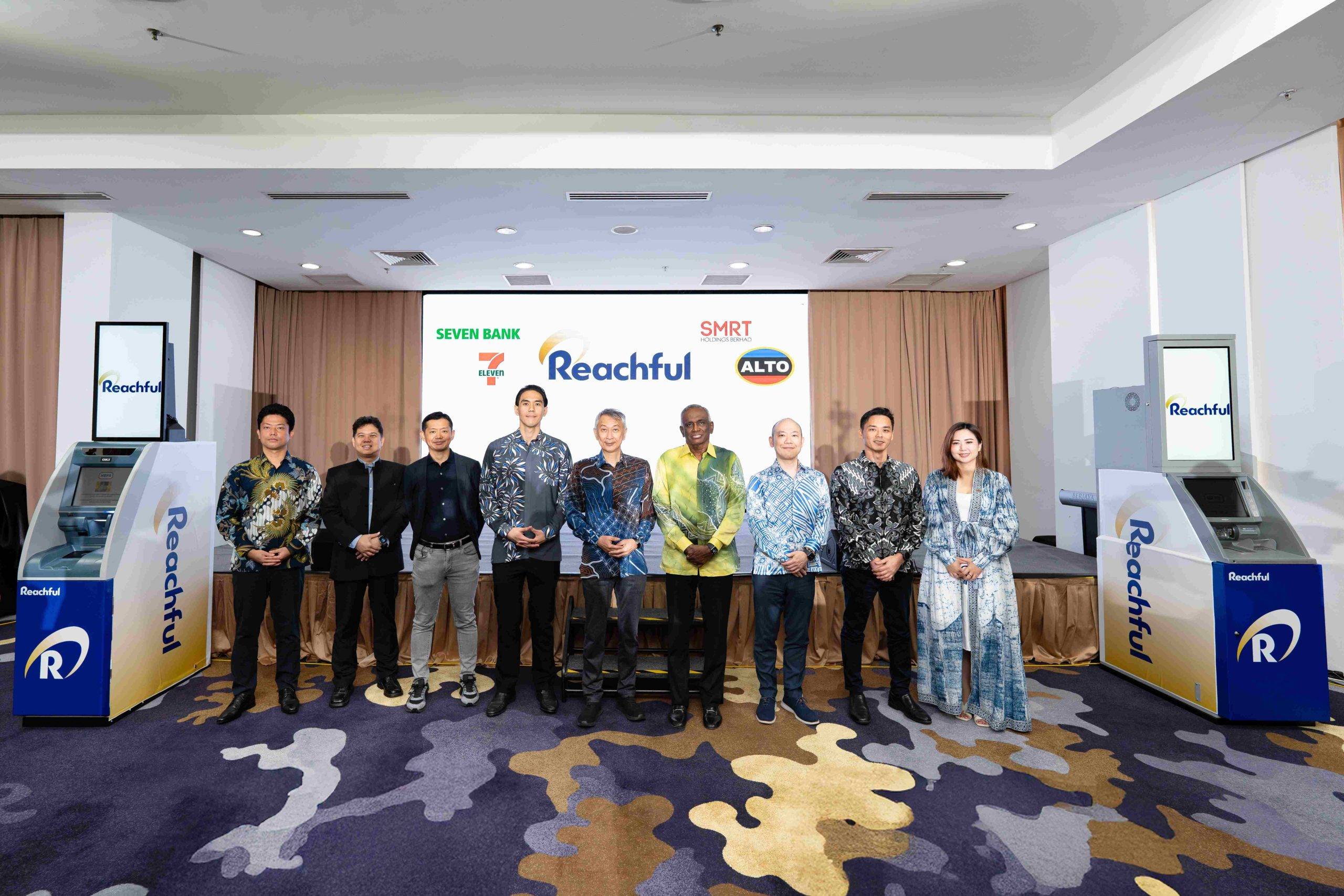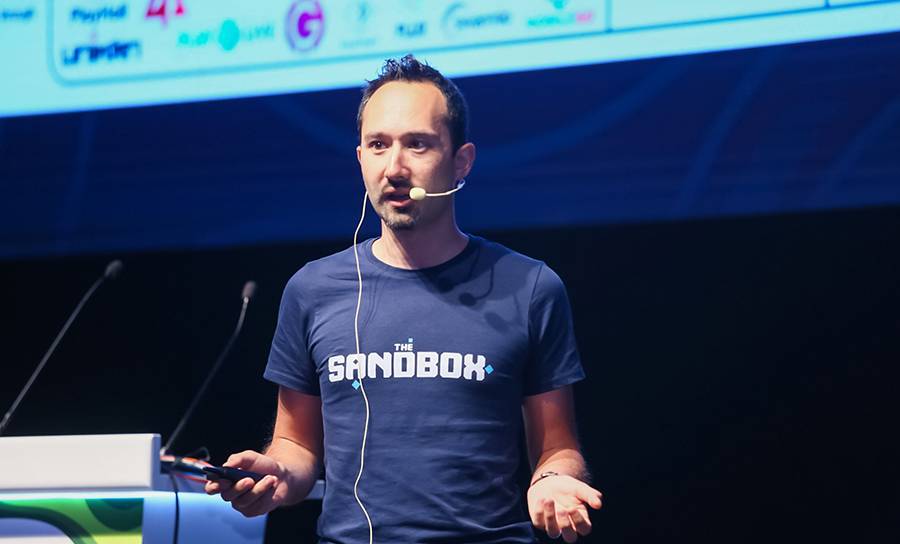CXposè.tech editor Leona Lo deep dives into DeepSeek, and possibly debunks a few perceptions along the way.
The AI landscape is undergoing a significant transformation with the emergence of DeepSeek, a model that promises to democratize access to cutting-edge AI technology. However, its rapid rise has also sparked polarized opinions regarding costs, methodologies, and the broader implications for the industry.
The Cost of Training: A misleading figure
One of the most widely cited figures about DeepSeek is the reported USD6 million training cost for DeepSeek V3*. However, this figure likely represents the cost of a single training iteration rather than the total development cost. The actual expense of creating a state-of-the-art AI model like DeepSeek is significantly higher when accounting for research, experimentation, and multiple training runs.

Nick Miles
Although DeepSeek utilizes NVIDIA’s H800 chips for training—a choice that Tenable Research’s Satnam Narang and Nick Miles describe as a breakthrough for enabling lower-cost model development—these chips remain prohibitively expensive for most organizations.
This financial barrier makes it challenging for startups to develop their own 671-billion-parameter models. However, as Satnam and Nick noted, “There are distilled versions of the model, starting at 1.5 billion parameters and going up to 70 billion parameters. These distilled models can run on consumer-grade hardware.”
The model has demonstrated that RL can achieve impressive results with relatively small datasets, potentially revolutionizing how AI models are trained. However, the idea that RL will completely replace traditional fine tuning is unrealistic. –

Lim Wee Tee
The true value of DeepSeek lies in its ability to fine tune and distill existing models, making advanced AI more accessible and efficient. Startups can leverage DeepSeek to customize pre-trained models for specific needs, saving time and resources.
This approach offers the efficiency and agility required for rapid deployment. As Lim Wee Tee, Regional Vice President, ASEAN & Taiwan at Cloudera, explained, “For rapid deployment in well-defined use cases, distillation and fine-tuning provide the necessary efficiency and agility.”
Innovative training techniques: Chains of Thought and Reinforcement Learning
According to Satnam and Miles, “DeepSeek R1 is an advanced LLM that employs reasoning, including chain-of-thought (CoT), to reveal how it responds to each prompt.” This capability allows the model to break down complex problems into smaller, logical steps, significantly enhancing its reasoning abilities. As a result, DeepSeek excels in tasks requiring nuanced understanding and problem-solving, such as mathematical reasoning or code generation.

Satnam Narang
Another notable aspect of DeepSeek R1 – which is different from DeepSeek V3 – is its use of reinforcement learning (RL) for fine tuning. The model has demonstrated that RL can achieve impressive results with relatively small datasets, potentially revolutionizing how AI models are trained. However, the idea that RL will completely replace traditional fine tuning is unrealistic.
Cloudera’s Wee Tee explained, “Reinforcement learning and structured fine-tuning are complementary, not interchangeable. Reinforcement learning excels in dynamic environments where continuous adaptation is required.”
The Open Source Advantage
Perhaps the most game-changing aspect of DeepSeek is its open source nature. By releasing the model under a permissive MIT license, DeepSeek has leveled the playing field, eroding the competitive edge that large AI labs have maintained by keeping their most advanced models proprietary. This move has democratized access to cutting-edge AI technology, enabling researchers, developers, and organizations to use, modify, and build upon DeepSeek’s work.
Wee Tee highlighted, “DeepSeek has shaken up the industry with its one-of-a-kind open source model—giving developers the freedom to copy, download, and build on it transparently and collaboratively, accelerating innovation.”
The importance of Trusted Data
Amidst these advancements in AI, the critical role of trusted data in AI development cannot be overstated.

Chai Chin Loon
Former government CISO Chai Chin Loon observed in a recent interview with CXposé.tech: “There is still a need to control what users input, what the data is trained on, whether the LLM should be on-premise, on the cloud, or take a hybrid approach, as well as consider other vulnerabilities like prompt hacks, hallucinations, and so on.”
Real-World applications and challenges
DeepSeek’s open-source model has already seen adoption in various domains, from healthcare to finance. For instance, Ping An Healthcare and Technology Company Limited recently announced the successful integration of DeepSeek into its existing AI models, such as Ping An Medical Master and Ping An Doctor’s Home.
By leveraging DeepSeek, Ping An Health aims to enhance the intelligence of its medical services. For example, DeepSeek can analyze extensive medical data to assist doctors in making more accurate diagnoses and provide personalized health management plans based on users’ health data.
A step forward, but Not a one-size-fits-all solution
DeepSeek represents a significant step forward in making advanced AI more accessible and affordable. Its innovations in training methodologies, complex reasoning, and problem-solving capabilities — combined with its open source approach — have the potential to democratize AI development and spur further innovation. However, it is important to set realistic expectations. The costs and resources required for training large models remain substantial, and RL is not a one-size-fits-all solution.
As the AI community continues to explore and build upon DeepSeek’s contributions, the focus should remain on practical applications and incremental improvements rather than exaggerated claims. By fostering collaboration and innovation, DeepSeek is paving the way for a more inclusive and dynamic AI ecosystem.









